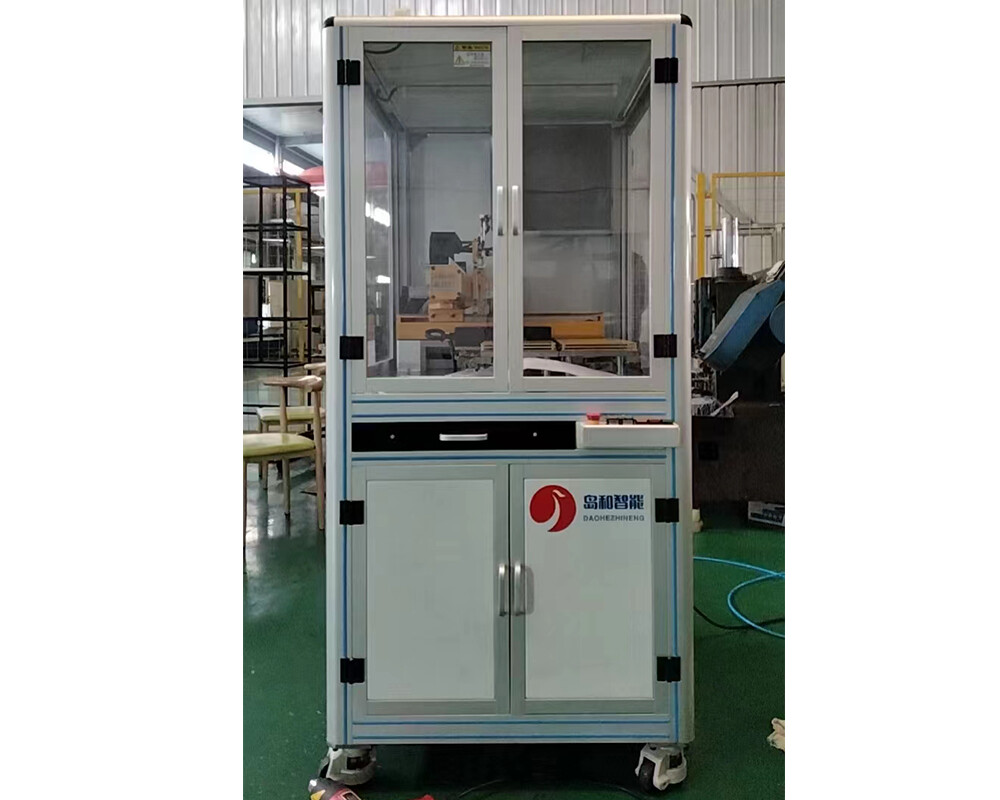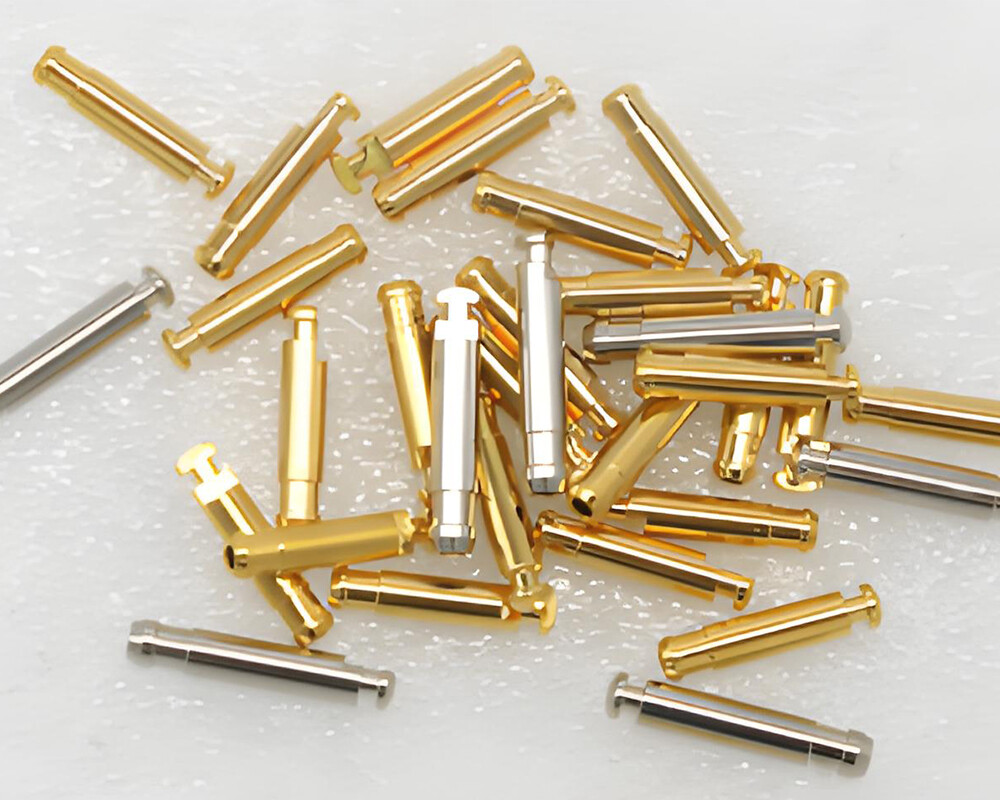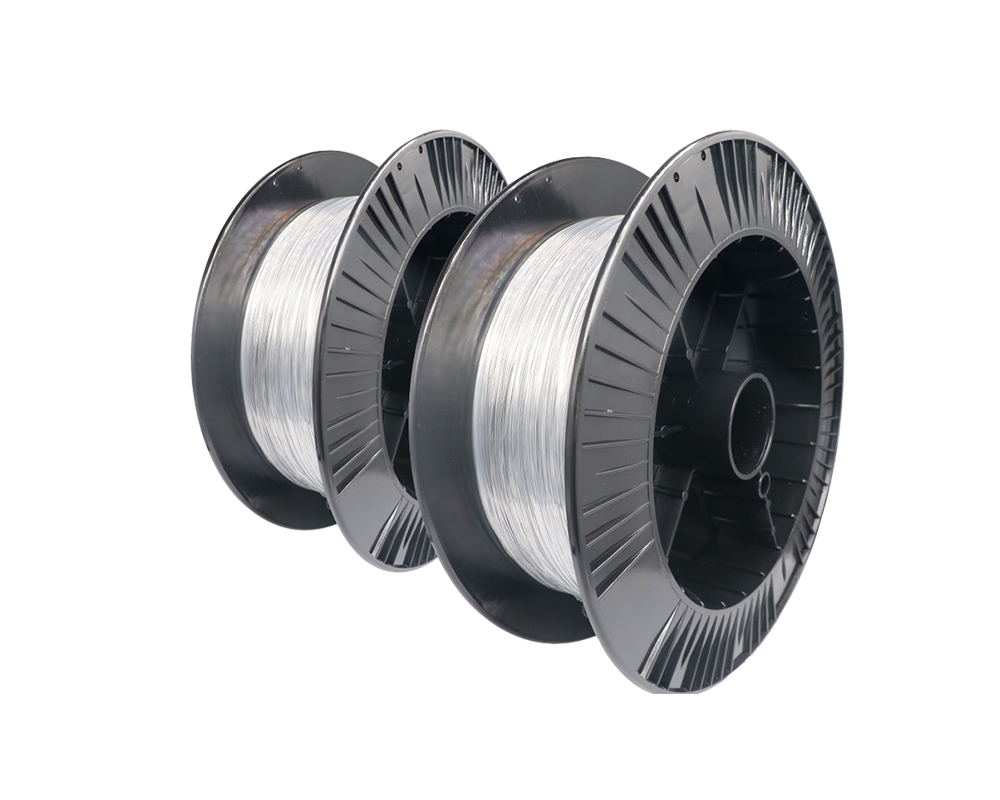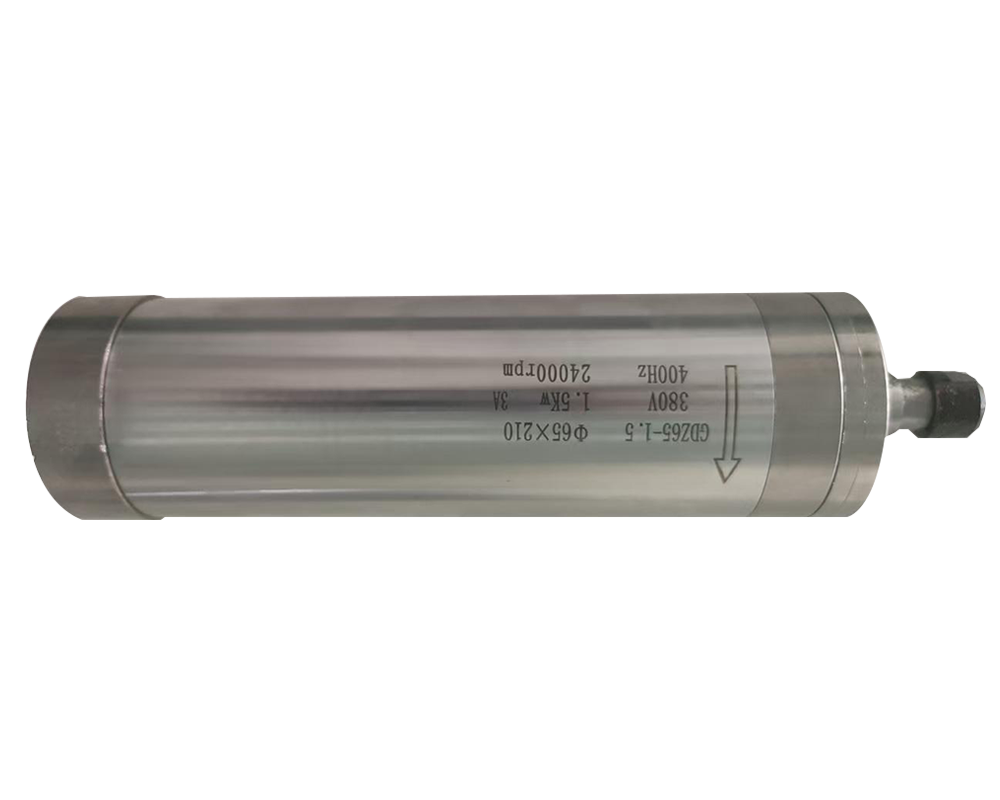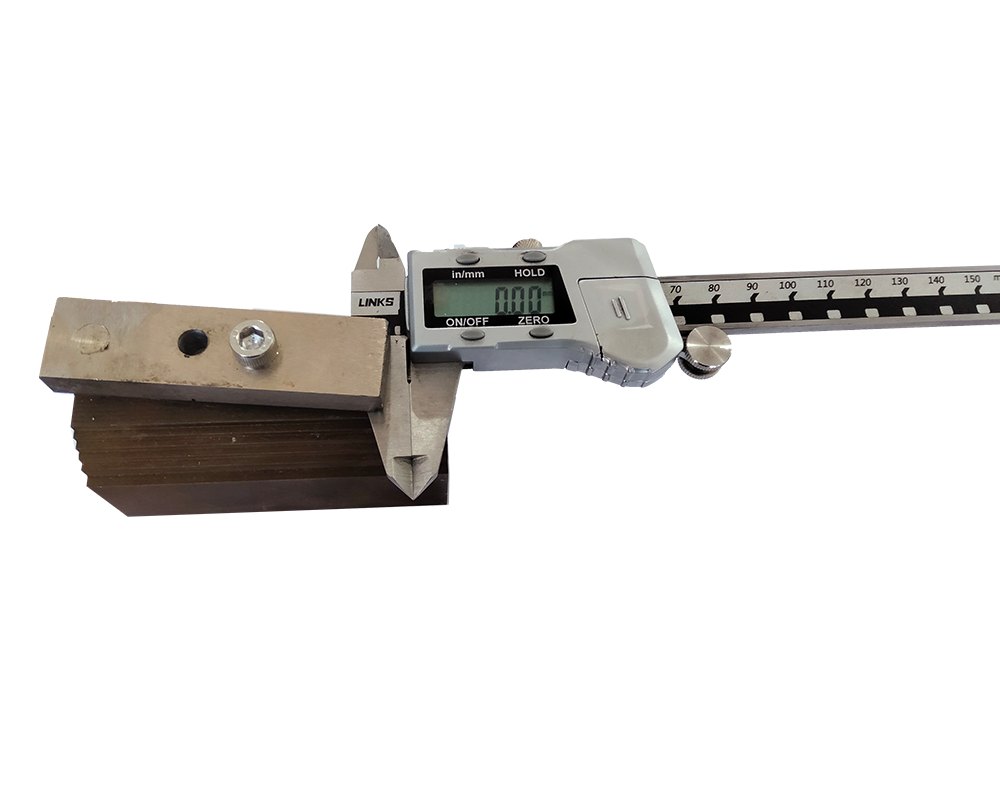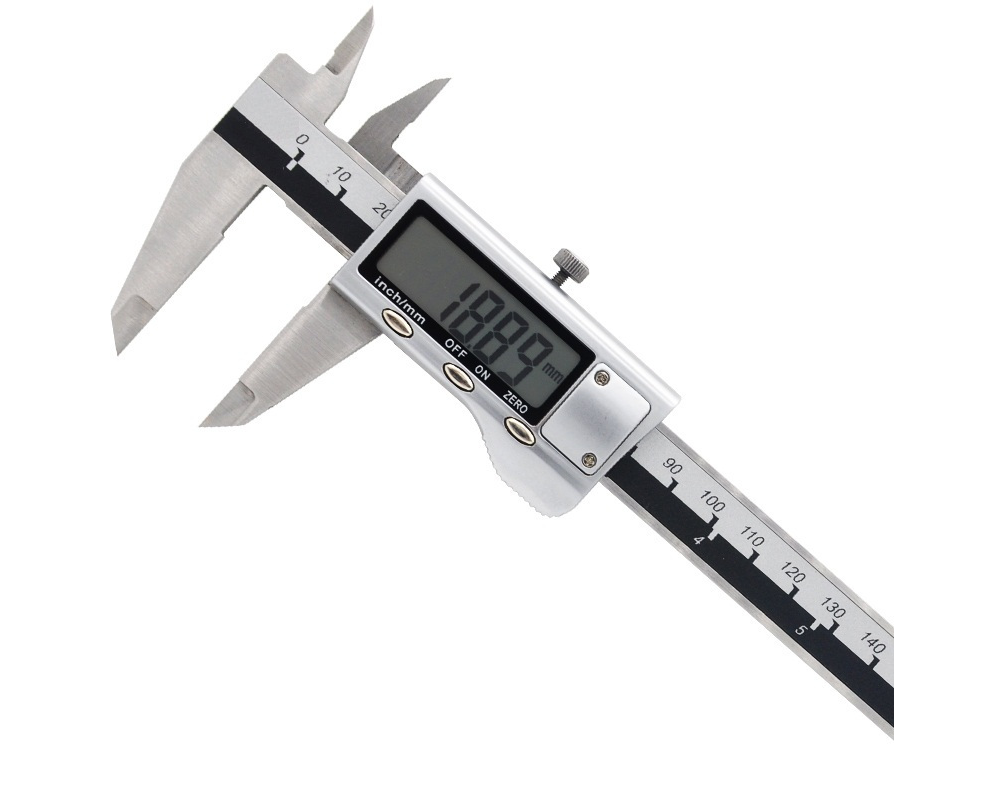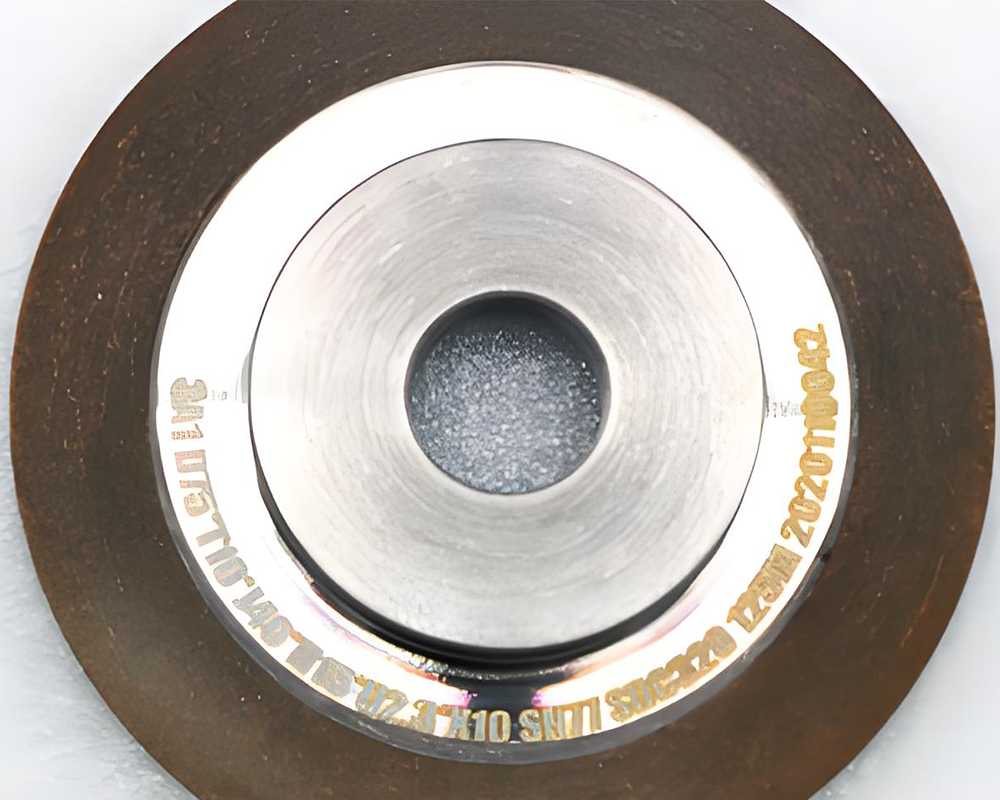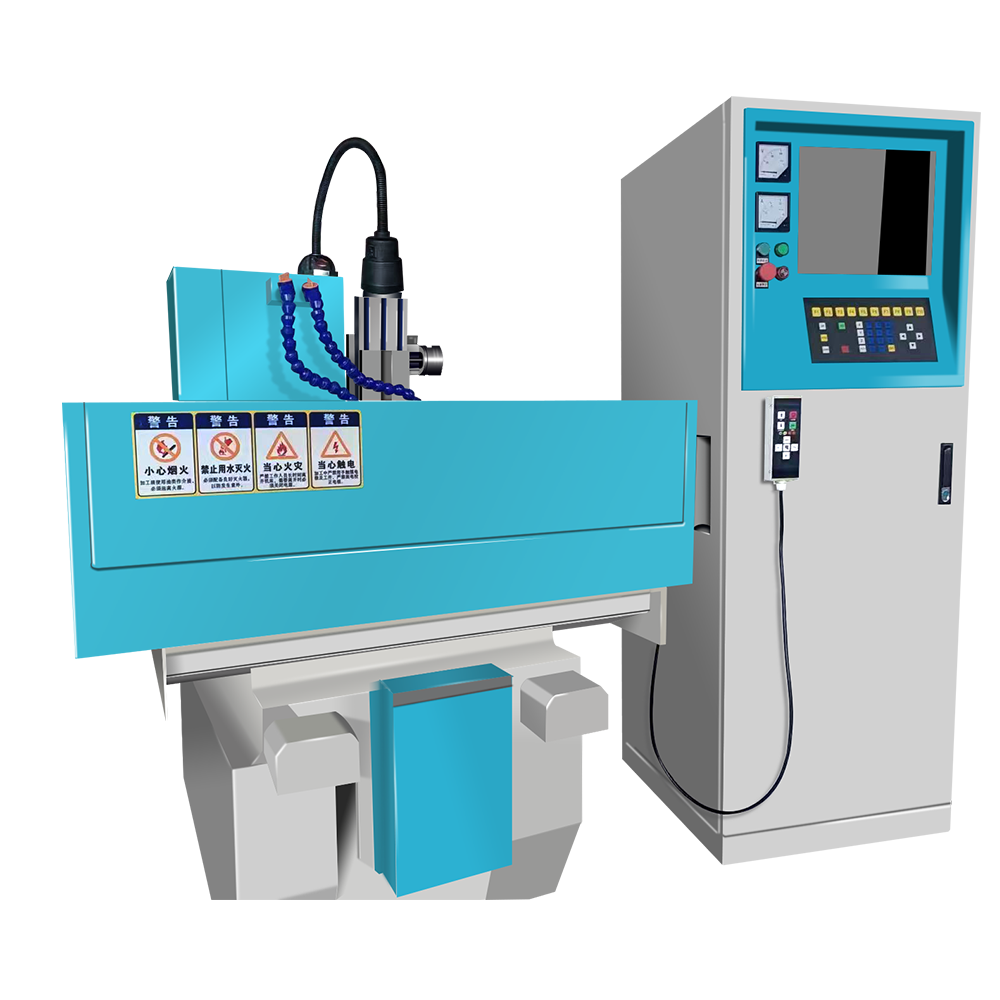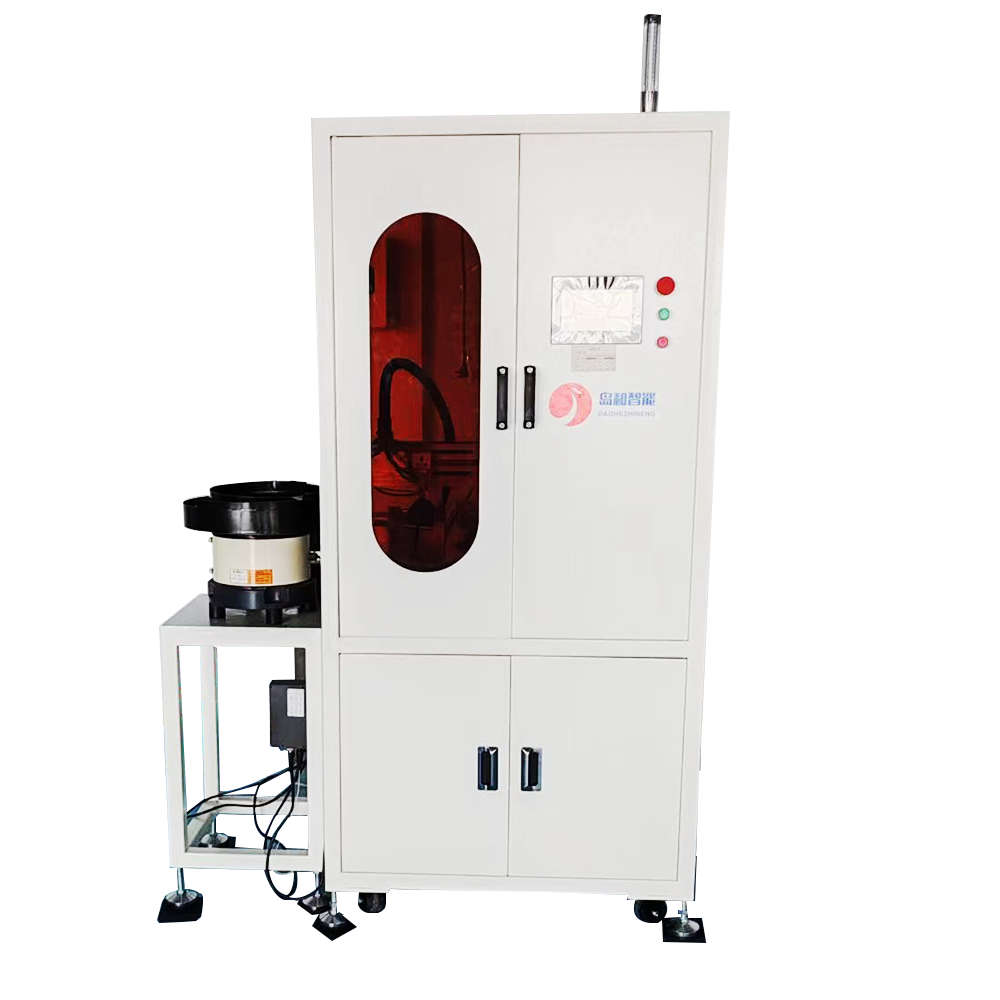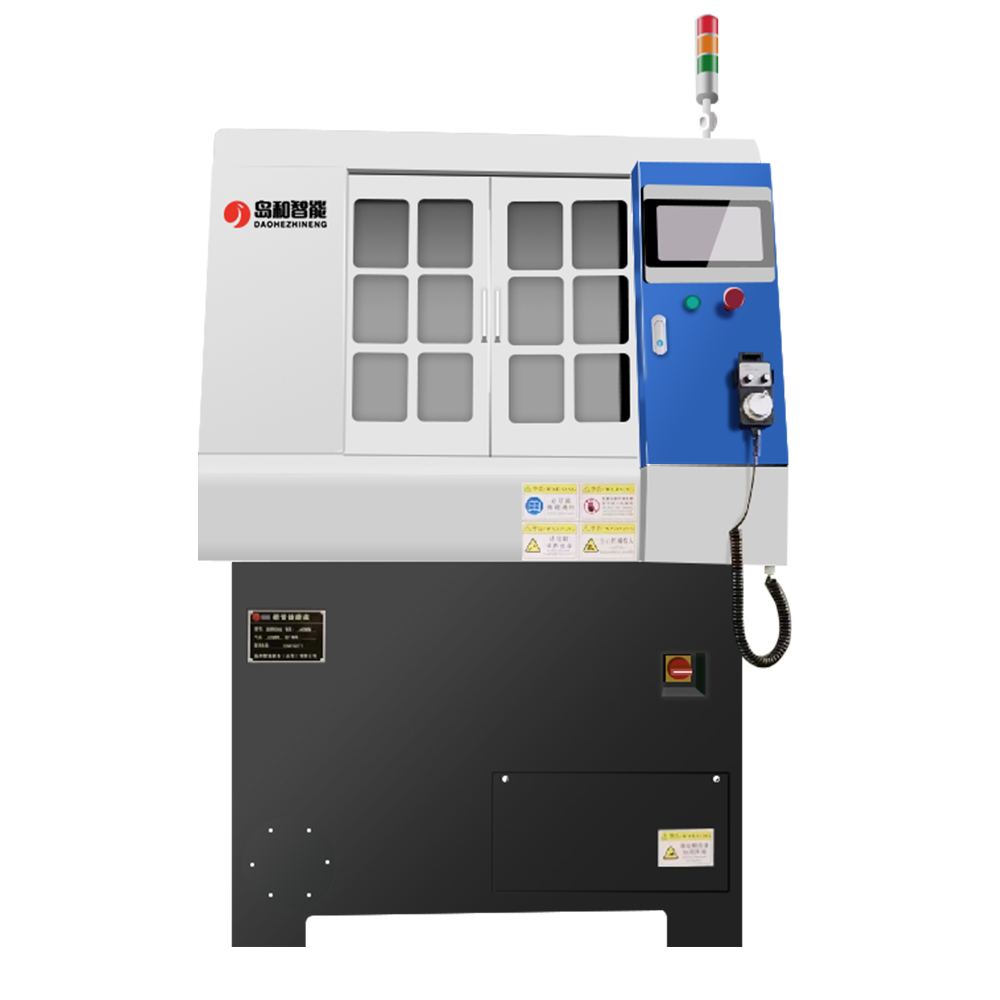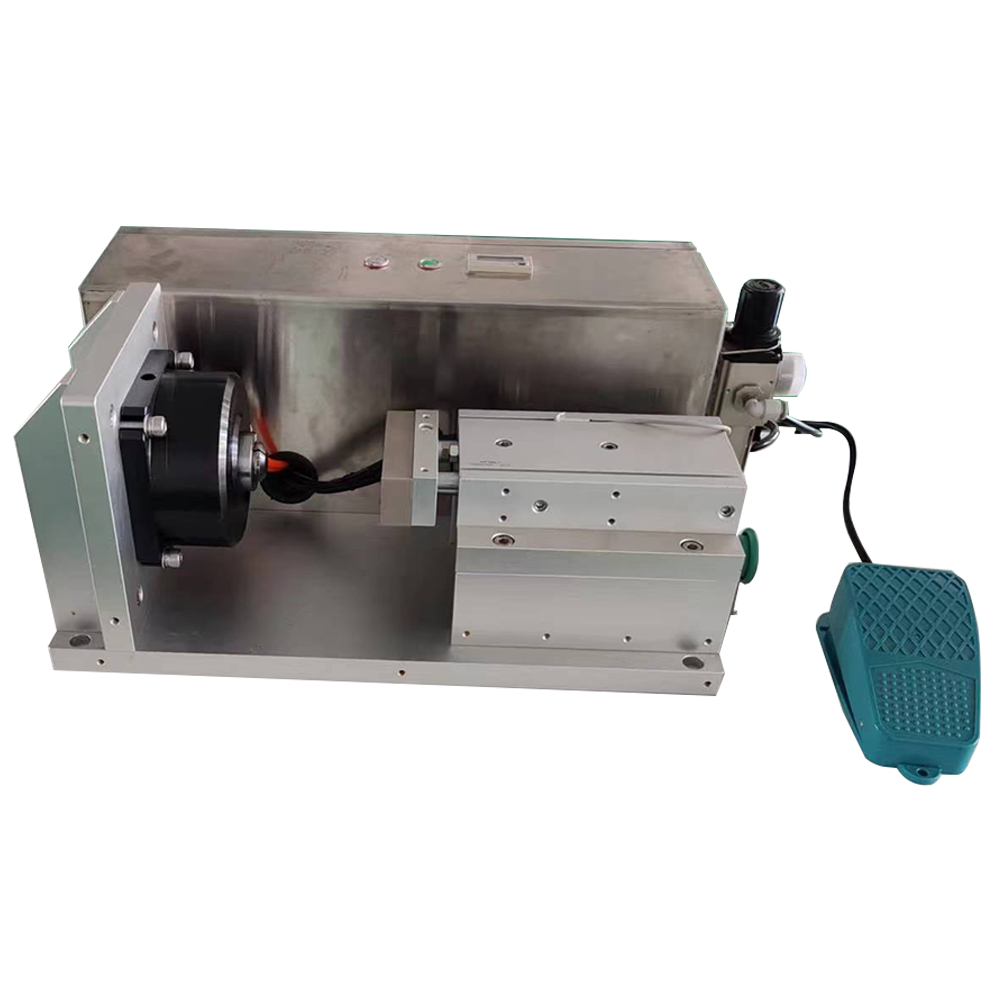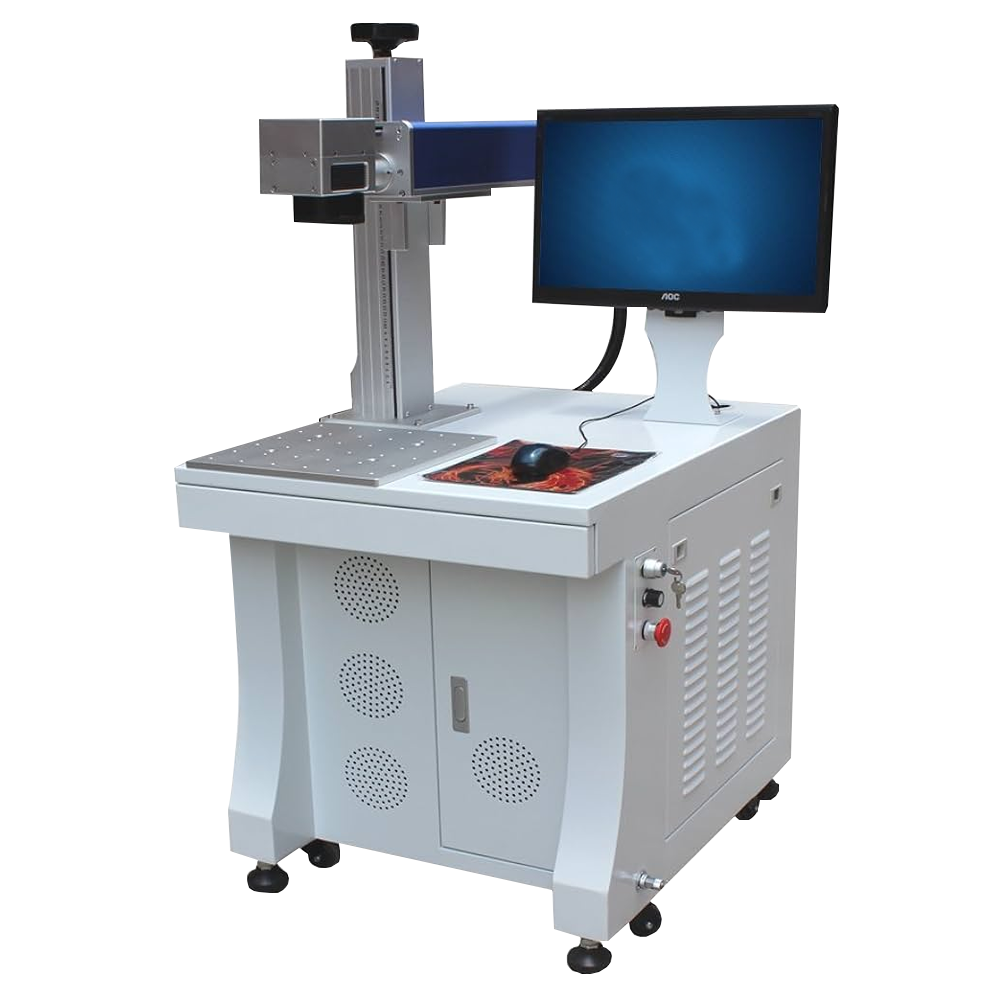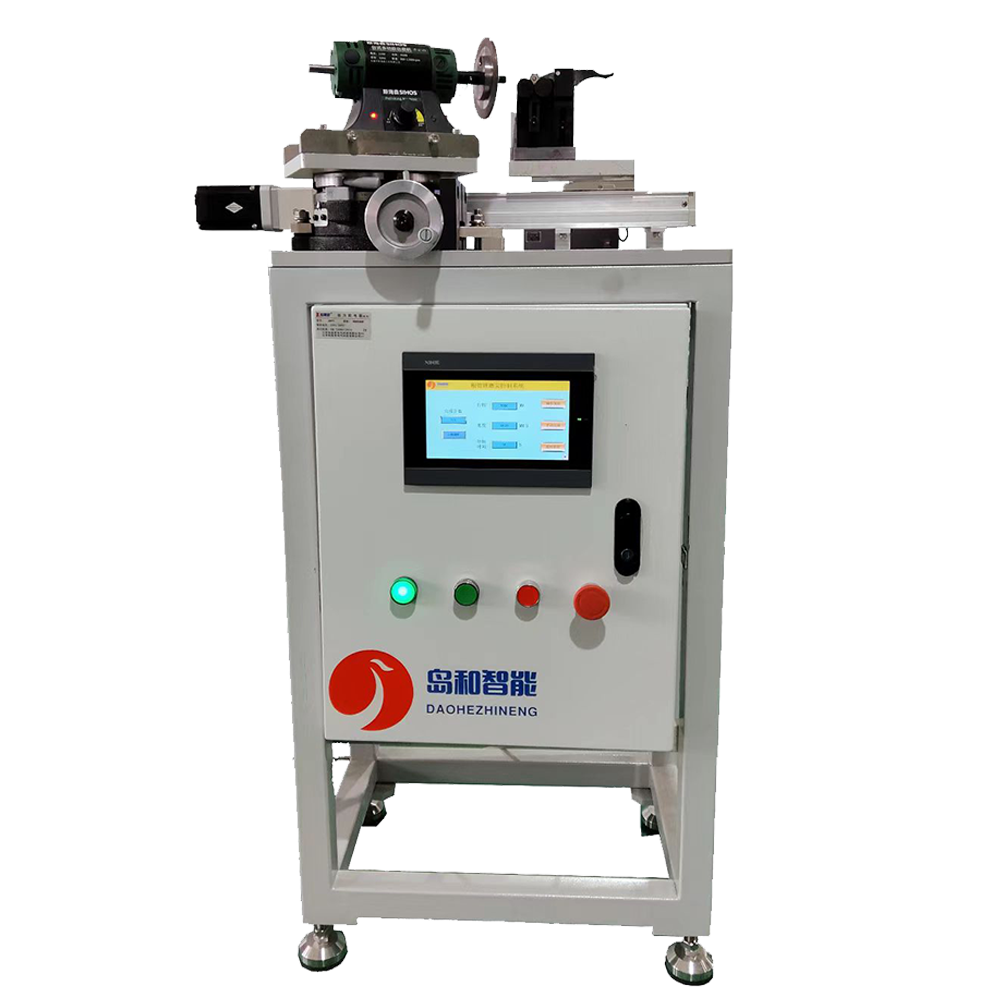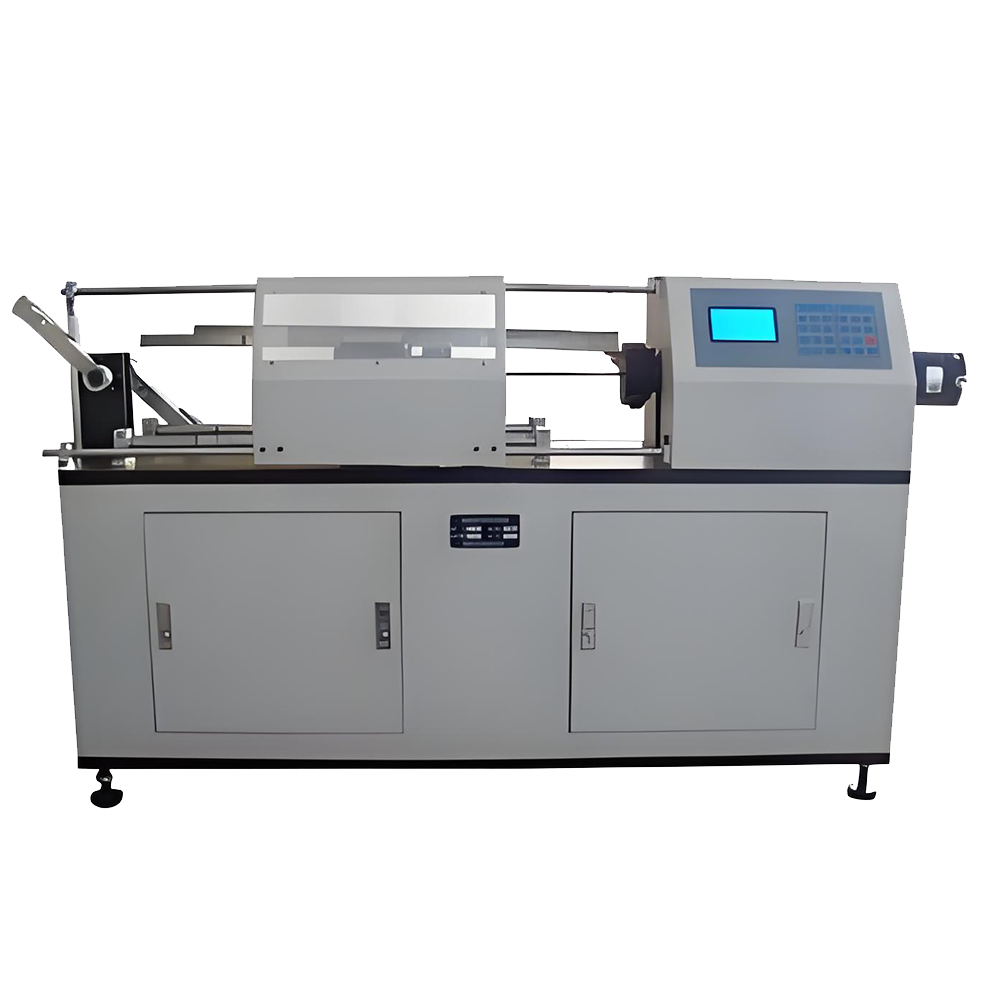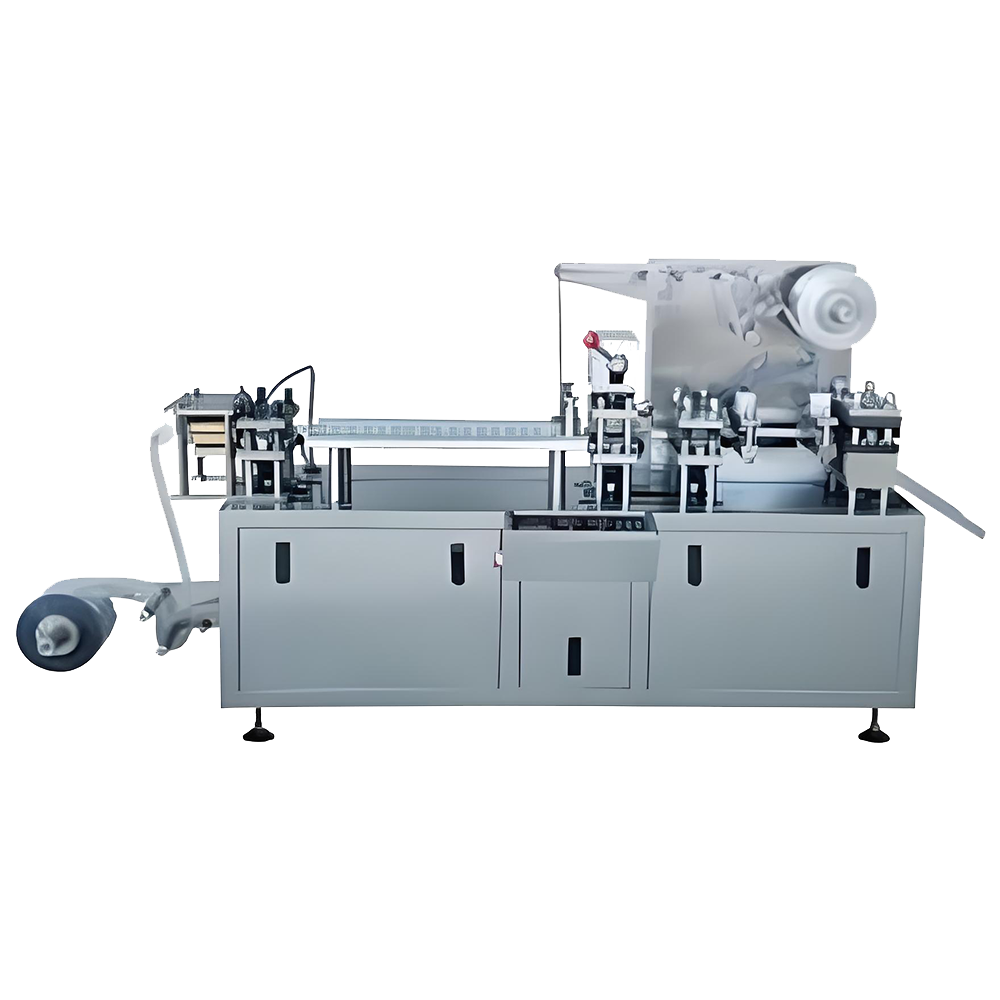Inspection Device
Accuracy: ±0.001mm
Diameter: 0.1-4mm
Length: Cuztomized
Power: 220v 50hz
Dimension: 1000x750x1750 mm
Using a microscope to inspect the quality of endodontic NiTi (Nickel-Titanium) files is a common practice in quality control to ensure the precision and integrity of the files. Here’s a step-by-step guide on how to effectively use our microscope for inspecting endo NiTi files:
1. Choose the Right Microscope:
Select our microscope with appropriate magnification capabilities and features suitable for inspecting small and intricate details. A stereomicroscope or a digital microscope with zoom functionality can be beneficial.
2. Set Up the Microscope:
Ensure the microscope is properly set up on a stable surface with adequate lighting. Adjust the focus and magnification settings based on the specific features you need to inspect.
3. Prepare the Endo NiTi File:
Before inspection, clean the endodontic NiTi file to remove any debris or contaminants. Ensure that the file is dry and free from any substances that may interfere with the inspection.
4. Position the Endo NiTi File:
Place the endodontic NiTi file under the microscope, positioning it in a way that allows easy viewing of the areas of interest. Use a tool or holder to keep the file stable during inspection.
5. Inspect for Surface Irregularities:
Examine the surface of the NiTi file for any irregularities, scratches, or defects. Use the microscope to inspect the file’s surface finish, ensuring it meets the required smoothness standards.
6. Check for Coating Integrity:
If the NiTi file has coatings or surface treatments, inspect them under the microscope to ensure uniformity and integrity. Look for any signs of peeling, cracking, or uneven application.
7. Assess the Cutting Edges:
Focus on the cutting edges of the endodontic file. Check for sharpness, uniformity, and any signs of damage. Ensure that the cutting edges are free from chips or deformities.
8. Examine the Tip and Taper:
Pay special attention to the tip and taper of the file. Inspect for any variations in dimensions, misalignments, or irregularities that could impact the file’s performance during root canal procedures.
9. Document Findings:
Document your observations and findings during the inspection. Record any deviations from the quality standards or specifications.
10. Conduct Measurement (if necessary):
Use measurement tools on the microscope, if available, to verify critical dimensions such as length, diameter, and taper.
11. Repeat for Consistency:
If inspecting multiple NiTi files, repeat the process for consistency. Ensure that each file in the batch meets the required quality standards.
12. Quality Control Checks:
Integrate microscope inspections into your broader quality control process, considering factors such as batch sampling and adherence to industry standards.
Using a microscope for inspection provides a detailed and magnified view of the endodontic NiTi file’s features, helping to identify any defects or inconsistencies that may affect its performance in dental procedures. Regular quality inspections are crucial to ensuring the reliability and safety of these critical dental instruments.
We have had a reliable reputation among our customers because of our professional services, quality products and competitive prices.
We warmly welcome customers from at home and abroad to cooperate with us for common success.
It can provide one-stop customized solutions for root canal file manufacturers. The company will gradually explore overseas markets in the future and now has an annual production capacity of 20 million root canal file semi-finished products.
Get real-time quotes


